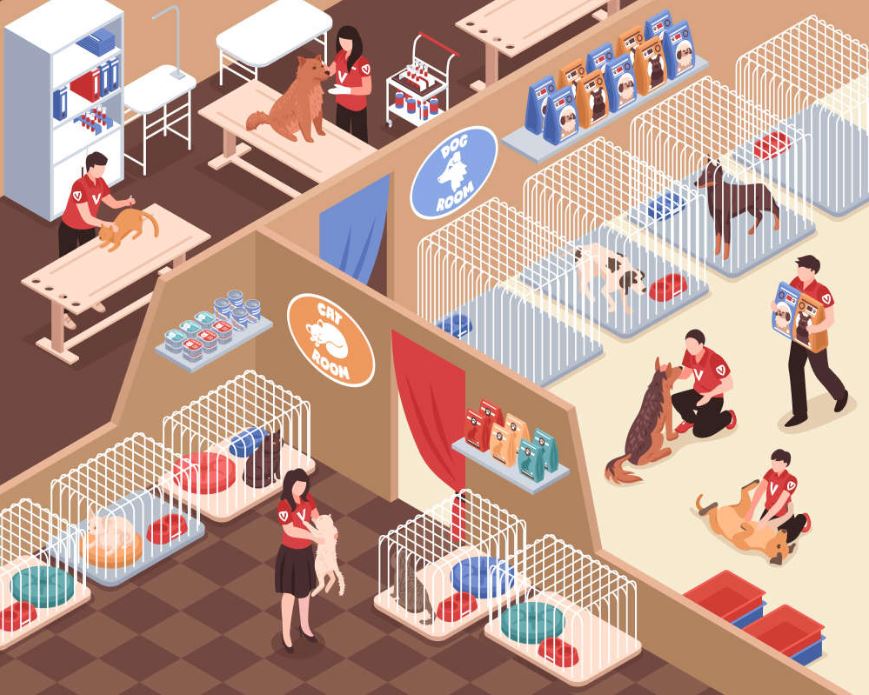When it comes to choosing a forever furry friend, most people tend to exhibit the same habits as choosing a romantic partner.
What they say they want in a dog (or partner) doesn’t always define how they decide on one.

A team of psychologists who typically study how people pick their partners chose to apply their tools to understand how people adopt their dogs in an effort to improve the success of animal shelters.
Study author Samantha Cohen says she was drawn to the research while volunteering as an adoption counselor at an Indiana animal shelter.
“It was my responsibility to match dogs to people based on their preferences, but I often noticed that visitors would ultimately adopt some other dog than my original suggestion,” she said. “This study provides a reason: Only some desired traits tend to be fulfilled above chance, which means they may have a larger impact on dog selection.“
Stated-revealed preference gap
The technical terminology for this type of behavior is “stated-revealed preference gap,” which is a fancy way of describing the discrepancy between what people think they want and what they ultimately end up deciding. Just like romantic partners, humans have certain preferences when it comes to choosing their canine.

“What we show in this study is that what people say they want in a dog isn’t always in line with what they choose,” said Cohen, adding that her team characterized dogs based on 13 traits, including age, sex, color, size, purebred status, previous training, nervousness, protectiveness, intelligence, excitability, energy level, playfulness, and friendliness.
She then surveyed the preferences of more than 1,200 people who were looking to find a dog, 145 of which followed through with an adoption.
Most people listed out traits that they thought they wanted – friendliness being the top choice, followed by playful and a matching energy level – but often ended up choosing their furry friend on just a few characteristics, like age and playfulness, over other traits like color or purebred status. Generally speaking, people often believed their canine was attractive.
“As multiple psychologists have shown in speed-dating experiments, physical attractiveness is very important,” Cohen said. “Most people think they’ve got a handsome or good-looking dog.“
But remember, looks can be relative – a consideration that the researchers say may have influenced the study outcomes. Because there is no common language when it comes to defining traits, people and adoption staff may use different subjective traits to describe the same dog. To account for this, researchers streamlined a method for describing characteristics, including an algorithm to determine friendliness, total commands followed, size and coloration, among other things.
Of course, choosing a pet is different than choosing a partner – well i hope so. But this study provides real data to understanding how people make relationship-based decisions and could help improve how animal shelters adopt their dogs.
[Springer, ScienceDaily, IFLS]












Only true for “whites”. They never teach caucasians how they were created and they don’t want to talk about it because it’s embarrassing. Dogs were created by mixing wolves with human DNA to domesticate them. After they got that right they started mixing the wolf DNA with human DNA and the white race was created. They are called the tamahu. The reason whites love their dogs so much is because they share some of the same DNA.
How I choose my partners —
“…age, sex, color, size, purebred status, previous training, nervousness, protectiveness, intelligence, excitability, energy level, playfulness, friendliness, total commands followed, size and coloration…”